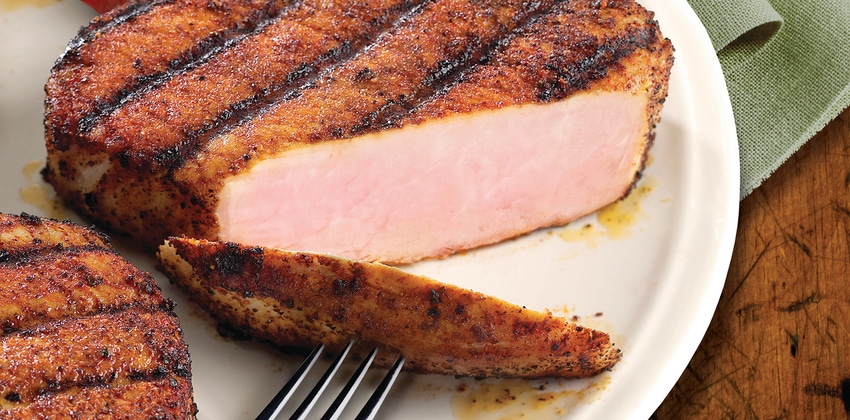Exports of both U.S. beef and pork have grown dramatically since 2015, further enhancing the benefits delivered to corn producers.
December 18, 2018

An updated study aimed at quantifying the value delivered to U.S. corn producers through exports of red meat reveals that since 2015, one in every five bushels of added feed demand for corn is due to beef and pork exports. The U.S. Meat Export Federation recently received the results from the original 2016 study, as well as the 2018 follow-up, which were both conducted by World Perspectives, Inc., a leading agricultural consulting firm.
The original study, titled The Intersection of U.S. Meat Exports and Domestic Corn Use, concluded that in 2015 exports of U.S. red meat accounted for 11.7 million tons of combined corn and dried distillers grains with solubles use. In its update, WPI concluded that 2018 beef and pork exports will use a combined total of 14.9 million tons of corn and DDGS, which equates to an additional 459.7 million bushels of corn produced – an increase of 29% over the 2015 projections.
Other highlights from the updated study:
About 11% of the price of corn this year will be derived from red meat exports.
Red meat exports’ impact on corn price is 39 cents per bushel (based on annual average price of $3.53 per bushel).
There would be a loss of $5.7 billion in corn value without red meat exports.
“USMEF receives outstanding support from the feedgrain and oilseed industries, because these producers understand that red meat exports boost the profitability of their largest customer – the U.S. livestock industry,” says USMEF president and chief executive officer Dan Halstrom, who noted the study was conducted through support from the National Corn Growers Association. “It is important that we provide specific data on the return producers receive from their investment, and this study helps us meet that goal.”
Nebraska corn producer Dan Wesely, who chairs the NCGA Feed, Food & Industrial Action Team, concurred.
“Continuing to partner with the red meat industry is a key priority for our organization,” Wesely says. “In particular, we have a strategic plan objective to work with groups such as USMEF to grow animal agriculture exports by 40%. Beef and pork producers are a large and valued customer of corn, both domestically and abroad. It is important to work with our partners to grow demand and work towards mutually beneficial goals.”
Dave Juday, senior analyst for WPI, explained that exports of both U.S. beef and pork have grown dramatically since 2015, further enhancing the benefits delivered to corn producers.
“Given the recent growth in beef and pork exports, USMEF requested an update of the 2016 study to assess the impact that expanding exports had on domestic corn and DDGS with new long-term projections,” Juday says. “While the original study utilized 2015 export numbers, combined U.S. beef and pork exports this year should be about 26% above the 2015 totals. If you look forward, we’re projecting that the baseline over the next 10 years will grow about 10% more than USDA had projected back in 2016.”
The updated study also took note of the importance of exporting alternative cuts of beef and pork that are often underutilized in the domestic market.
Beef and pork exports also have a direct impact on the utilization and value of DDGS, the updated WPI study notes. Overall, the value of DDGS sold for feed to livestock represents about 23% of the value of ethanol per bushel of corn.
“Over the baseline period of 2018-2027, the combined value of beef and pork exports to corn and DDGS is projected to reach $22.2 billion - $19 billion for corn and $3.2 billion for DDGS. This cumulative 10-year total is almost 19% more than the $18.7 billion projected in 2016 using USDA’s 2016-2025 long term baseline meat export forecast,” Juday says.
The updated study is available online, along with an executive summary and WPI contact information.
About the Author(s)
You May Also Like



